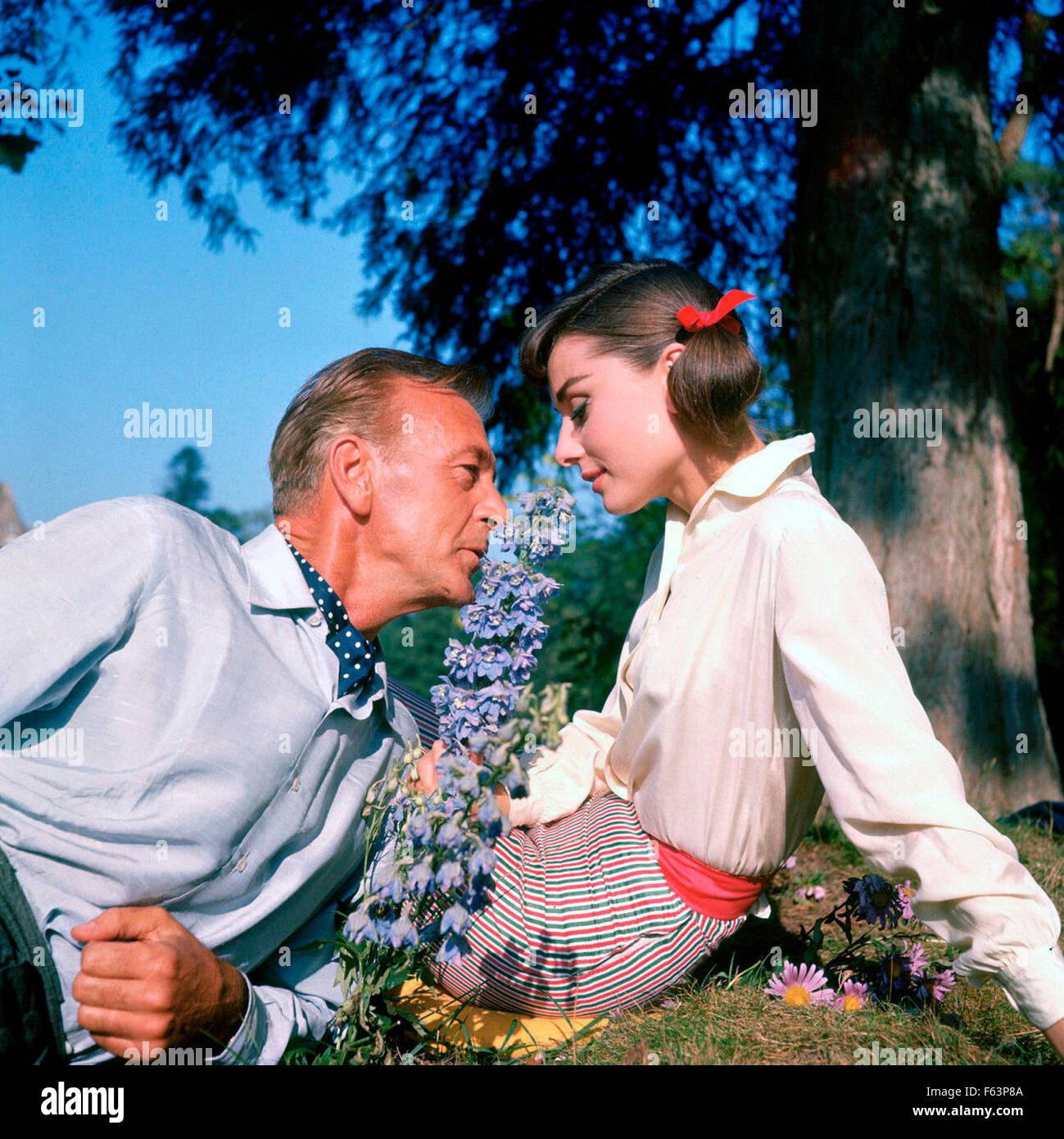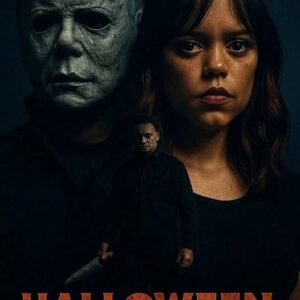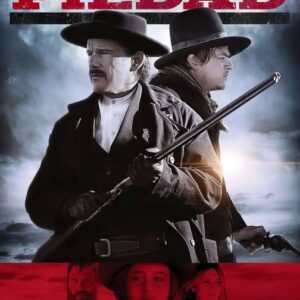Love in the Afternoon (1957), directed by the iconic Billy Wilder, is a romantic comedy that captures the essence of Parisian romance with a delicate balance of charm, wit, and heartfelt emotion. Starring Audrey Hepburn and Gary Cooper, this classic film weaves a captivating tale of love, innocence, and playful deception set against the enchanting backdrop of Paris. In this movie review, we’ll dive into the plot, themes, performances, and why this classic romance remains a must-watch for fans of vintage Hollywood.

Plot Summary of Love in the Afternoon (1957)
Love in the Afternoon centers on Ariane (Audrey Hepburn), a young cello student and daughter of a private detective in Paris. Her curiosity is piqued when she learns about Frank Flannagan (Gary Cooper), a charming American playboy whose romantic escapades are the subject of her father’s latest investigation. Drawn into Flannagan’s world, Ariane adopts the persona of a mysterious femme fatale, claiming a string of imaginary lovers to intrigue the seasoned heartbreaker.
What unfolds is a delightful game of flirtation and pretense, where both characters hide their vulnerabilities behind carefully crafted facades. As their relationship deepens, the line between fantasy and genuine love blurs, leading to moments of tender connection and subtle heartbreak. The story is a romantic fairytale, infused with Parisian charm and the bittersweet realization that true love often comes unexpectedly.
Key Themes Explored
Innocence vs. Experience
The heart of Love in the Afternoon lies in the contrast between Ariane’s youthful innocence and Flannagan’s worldly experience. Their dynamic explores how love can bridge vastly different perspectives, with Ariane’s playful deception challenging Flannagan’s cynical view of romance.

The Power of Pretense
Ariane’s decision to pose as a femme fatale adds a layer of intrigue to the story. This theme of disguise reflects how people often hide their true selves in the pursuit of love, only to discover that authenticity is what truly matters.
Parisian Romance
Set in the City of Love, the film uses Paris as more than just a backdrop—it’s a character in itself. From quiet evenings to bustling cafes, the Parisian setting enhances the story’s romantic and melancholic tone, making it a love letter to the city.
Strengths of Love in the Afternoon (1957)
Stellar Performances
Audrey Hepburn shines as Ariane, bringing a luminous blend of wit, charm, and sincerity to the role. Her ability to transition from playful to poignant makes her character unforgettable. Gary Cooper, though older than the typical romantic lead, delivers a nuanced performance as Flannagan, infusing the character with a melancholic charm that reveals his longing for something deeper.

Billy Wilder’s Masterful Direction
Billy Wilder’s direction is a masterclass in subtlety. He crafts a romantic comedy that feels light and airy yet grounded in genuine emotion. Wilder avoids overused tropes, letting the romance unfold through meaningful glances, pauses, and the magic of Parisian evenings.
Timeless Visual Appeal
The film’s vintage Hollywood aesthetic, combined with its Parisian backdrop, creates a visually stunning experience. From elegant costumes to beautifully shot scenes, Love in the Afternoon exudes old-Hollywood elegance that captivates audiences even today.
Weaknesses of Love in the Afternoon (1957)
Age Gap Concerns
The age difference between Audrey Hepburn and Gary Cooper (who was in his mid-50s at the time) may feel jarring to modern audiences. While Cooper’s performance is compelling, some viewers might find the casting choice less convincing for a romantic lead.
Slow Pacing in Parts
The film’s deliberate pacing, while effective for building emotional depth, may feel slow to viewers accustomed to faster-paced modern romantic comedies. The gradual unfolding of the romance requires patience but rewards attentive viewers.
Why You Should Watch Love in the Afternoon (1957)
Love in the Afternoon is a classic romance that offers a refreshing blend of humor, heart, and Parisian charm. Fans of Audrey Hepburn, **Billy





